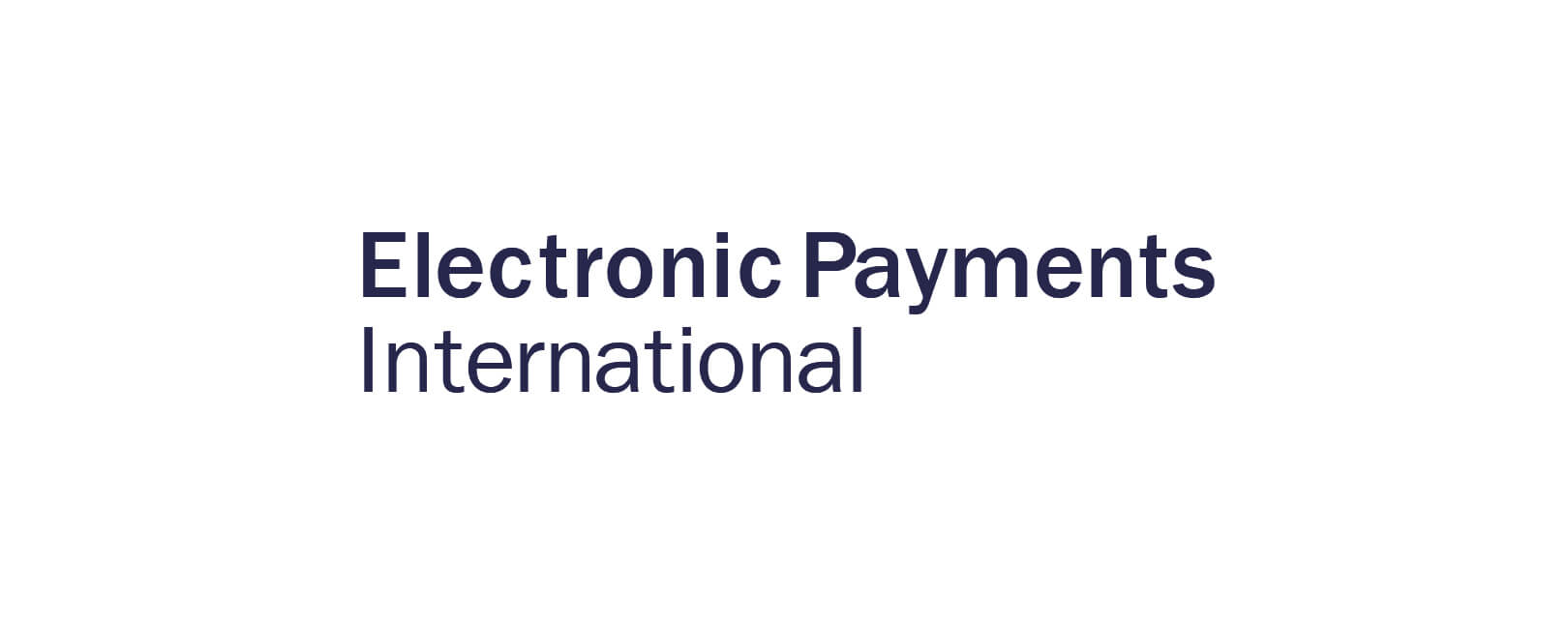Women Initiate More than 80% of Chargebacks; Consumer Entitlement Plays Major Role
Today’s consumers hold higher expectations than ever before.
Like it or not, the imbalance of what consumers expect versus what they will tolerate dictates merchants’ policies—because of chargebacks, the customer is the one with the trump card.
Chargebacks911 co-founder and COO, Monica Eaton, recently sat down with Arthur Zaczkiewicz of Women’s Wear Daily to explain why chargeback rates continue to soar, and what merchants can do to minimize chargeback instances.
Technology and Consumer Entitlement
 Thanks to new technologies, ecommerce is an increasingly convenient route for consumers. With that level of convenience, consumers grow increasingly more demanding regarding their expectations of merchants. As Monica explains:
Thanks to new technologies, ecommerce is an increasingly convenient route for consumers. With that level of convenience, consumers grow increasingly more demanding regarding their expectations of merchants. As Monica explains:
“We are confronting an age where instant gratification, immediate satisfaction, zero percent liability, and friction-less checkout methods are contenders in a merchants’ ability to create the ultimate buying experience. Yesterday’s consumer would never think of complaining about taking a few extra seconds in the checkout aisle, not being able to return a product that was used or worn, or considering that their bank needed to resolve a transaction issue because the retailer was not open to take their call at 2 a.m. on a Sunday.”
Consumers hold a high standard of service for merchants to live up to within the integrated, Omnichannel ecommerce environment. As technology makes it increasingly easy for consumers to connect with the products they want, that technology also trains consumers to hold stricter standards of performance for merchants.
Higher Standards Encourage Friendly Fraud
Chargebacks, in general, continue to rise at a rate of 20% per year. However, when it comes to friendly fraud, that rate more than doubles.
Monica suggests that the majority of friendly fraud does not occur as a result of deliberate, malicious intent on the part of committed fraudsters. Instead, the majority of friendly fraud instances are due to a lack of ecommerce education on the part of consumers.
Simply put, consumers do not realize what a chargeback is or what kind of impact they have on a merchant’s bottom line. The average consumer only knows that they have a set standard for service, and whether that standard is or is not met. Until issuers provide consumers with a clearer understanding of chargebacks and friendly fraud, the problem will continue to grow.
Friendly Fraud’s Prime Targets
According to Monica, 50% of cardholders who successfully commit friendly fraud will do so again within 90 days. Without outside assistance or any policy adjustment, merchants who already have problems with friendly fraud can only expect those issues to get worse, not better.
Monica also pointed out certain key patterns among friendly fraudsters, shedding light on the kinds of products fraudsters tend to target, whether intentionally or not:
“Merchants that are affected most are those who sell through online stores or apps, those who sell primarily to women (clothing and high-end merchandise [continue] to be a primary target), and those who sell products that are easily resold or translated into cash. Women are not only responsible for the highest percentage of online shopping, they also reign over 80 percent of all originated chargebacks.”
With businesses losing $3.34 for every $1 of friendly fraud, this is a problem which merchants cannot afford to ignore.
Is Preventing Friendly Fraud Possible?
Although friendly fraud is persistent and very difficult for merchants to detect, it is far from impossible to prevent this threat. In fact, there is a simple, two-part answer to the friendly fraud problem.
1. Emphasize Great Customer Service
First, it’s important to recognize that providing customer service for as many hours a day as possible is one of the most effective methods available for combating friendly fraud:
“Make sure online retailers operate customer service 24/7. Being closed for customer service may mean your customer will be inclined to turn to their bank. When a merchant sells online, they are open for business 24/7/365, and should be prepared to service their customers during these times as well.”
Merchants need to engage with their customers. Providing a high-touch experience will emphasize to customers that, although your interaction is being carried-out online, there is still a person on the other end of their transaction.
Monica also suggests that merchants track all deliveries, regardless of whether that involves a physical product, digital goods or a service. Provide order tracking, and save all transaction information in case of a future dispute.
2. Seek Professional Help
Professional assistance is a merchant’s best chance for fighting friendly fraud and preventing future chargebacks. Beyond providing customer service, merchants simply don’t have the skills, time or resources to identify and fight back against friendly fraud.
Fortunately, Chargebacks911® does.
Chargebacks911® offers the industry’s most advanced solutions for chargeback prevention. We employ dynamic technologies, adapted and customized for each merchant’s specific needs by human expertise.
Chargebacks and friendly fraud are a problem that is only going to continue getting worse. The sooner merchants contact Chargebacks911® for a fee chargeback audit, the sooner they can start worrying less about chargebacks and start focusing on growing their business. Let Chargebacks911 be your chargeback company.











